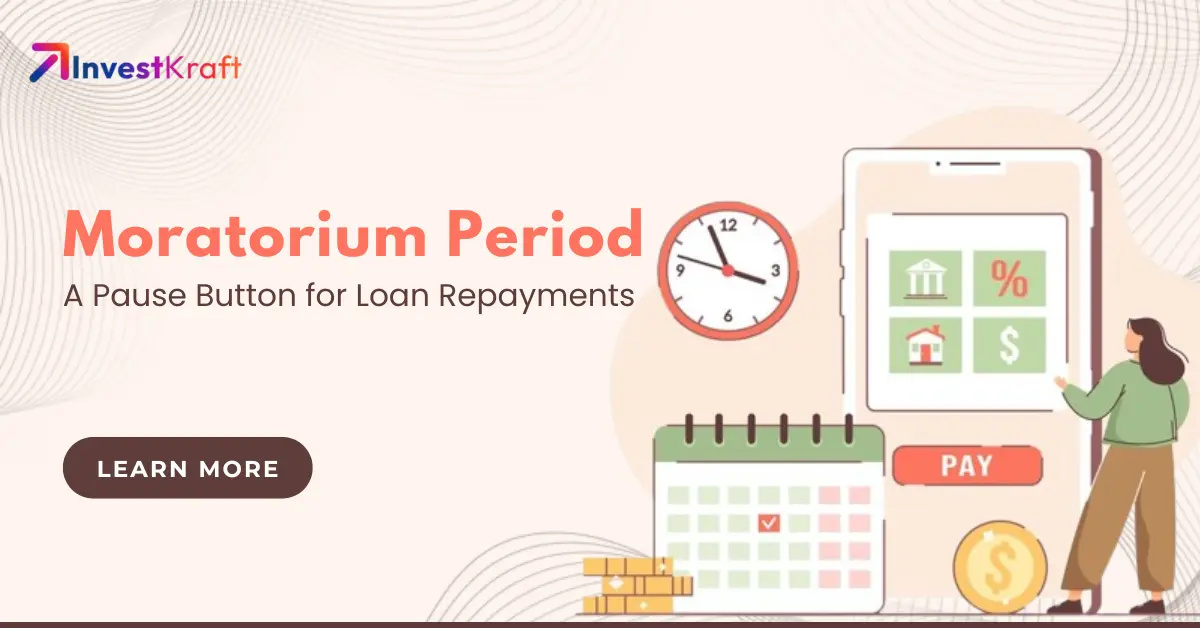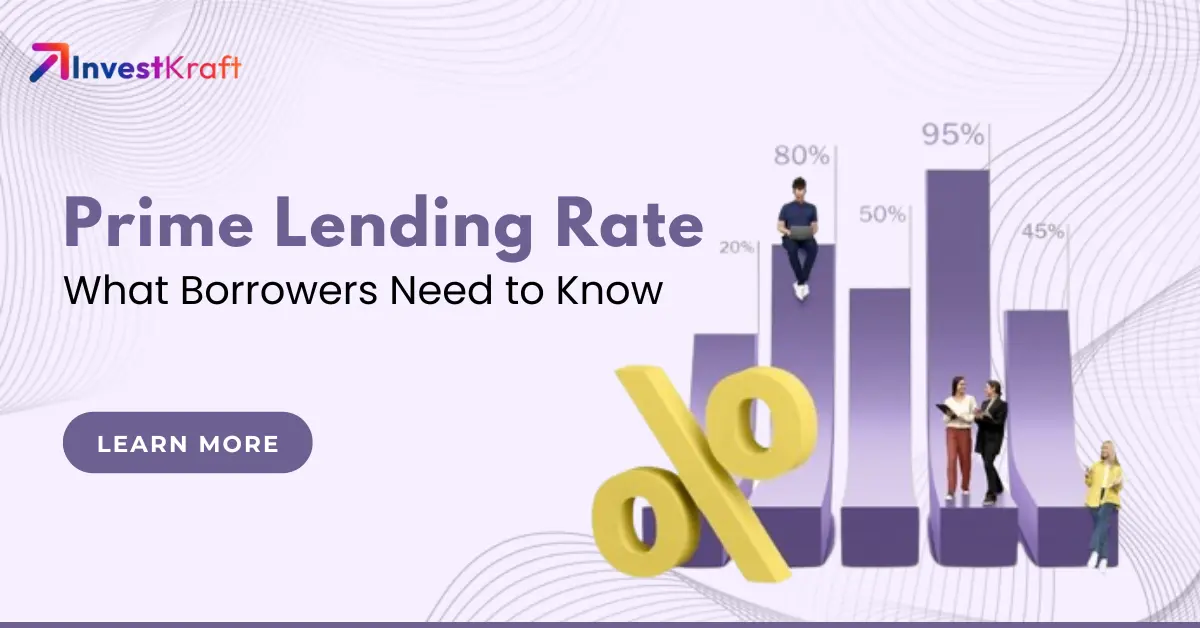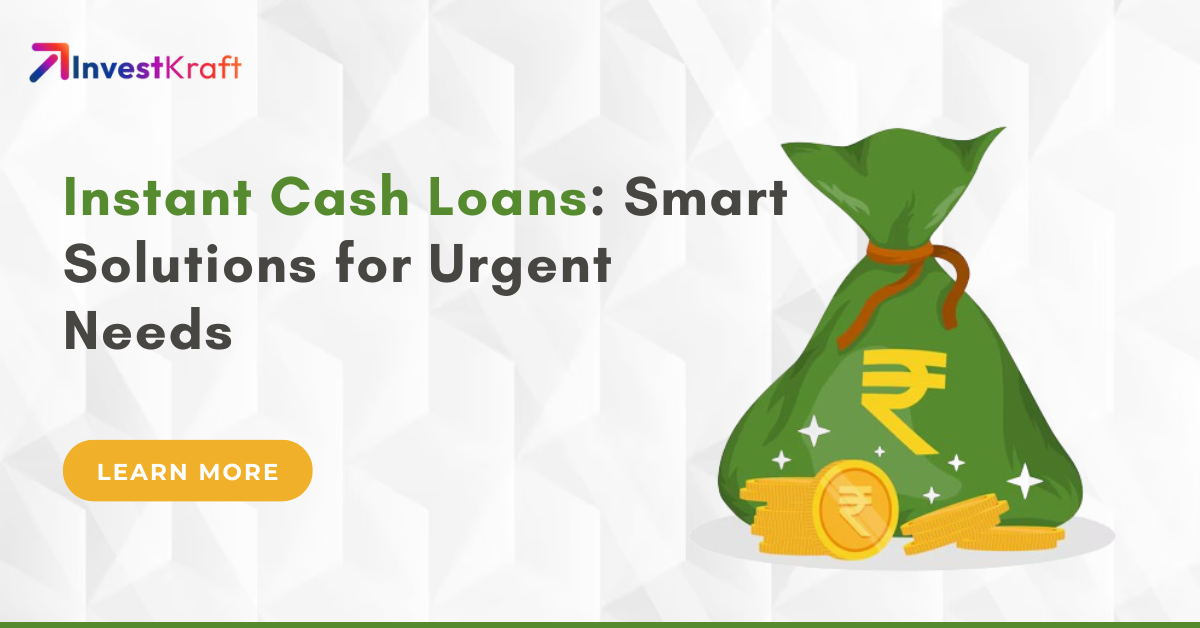What Is E-Mandate And How Does It Work?

A e-mandate is a standing instruction given to the bank where a customer holds their account to debit a fixed amount to another bank account automatically. eMandates are electronic versions of e-mandates, wherein customers can register, edit, and delete mandates entirely online. Mandates are offered in 3 forms:
- API eMandate: These mandates are registered using APIs
- eSign e-mandate: In this case, mandates are authorized by customers using Aadhaar eSign. This form of mandate registration was recently legitimized by NPCI.
- Physical e-mandate: Here, the mandate process is almost completely manual and involves the customer filling up NACH forms and moving these forms between banks.
What Is E-mandate?
An E-mandate, short for electronic mandate, is a digital authorization given by an individual to allow a service provider to deduct payments from their bank account regularly. It eliminates the need for physical paperwork and manual intervention, making it a more efficient and streamlined process.
E-mandate’s meaning and significance in everyone’s life financially can be understood by seeing how commonly used it is. E-mandate is used for recurring payments covering loan EMIs, utility bills, insurance premiums, subscriptions, and more.
How Does e-Mandate Work?
You can activate the e-Mandate at Investkraft if you avail of a service that requires fixed payments at regular intervals, such as investing in SIP, purchasing an insurance policy, or repaying a loan. When you avail of such a service, fill out an online form to provide your bank name, account number, and payment details. The service provider checks your bank’s NPCI registration and asks for your net banking credentials.
After verifying your bank account, the destination bank will confirm the mandate and retrieve the due amount from your account at specific intervals. Although e-Mandate simplifies the recurring payment method and saves you from paying manually at regular intervals, you must maintain a sufficient balance in your account to avoid rejection.
Benefits Of eMandates
- Convenience: eMandates eliminate the need for physical paperwork and manual signatures, making it more convenient for both customers and businesses.
- Time Efficiency: It speeds up payment processes by automating recurring transactions, and reducing administrative overhead.
- Reduced Errors: Automation decreases the likelihood of errors in payment instructions, ensuring accurate and timely payments.
- Cost Savings: Lower operational costs, as there is no need for paper forms, postage, or manual data entry.
- Security: eMandates often come with robust security measures to protect sensitive financial information.
- Regulatory Compliance: Helps in meeting legal and regulatory requirements for electronic transactions and authorizations.
- Environmental Benefits: Reduces the use of paper, contributing to environmental sustainability.
- Better Cash Flow Management: Businesses can predict and manage their cash flows more effectively with scheduled eMandate payments.
- Customer Retention: Convenient payment methods can enhance customer satisfaction and loyalty.
- Payment Tracking: Businesses can easily track payment authorizations and transactions.
Types Of eMandates
1. Debit e-Mandate
When approved, a debit e-mandate allows banks or merchants to deduct the agreed amount from your account. This can be for EMIs, insurance premiums, SIPs, etc.
Suppose you have a home loan with a monthly EMI of ₹16,000, due on the 5th of every month. By authorising an e-mandate, you will allow the bank to debit the amount on the fixed date automatically. This ensures timely payments and protects from late payment penalties and charges.
2. Credit e-Mandate
With credit e-mandate, the amount is auto-credited into your account. Businesses can benefit from this in receiving payment from business partners. Additionally, you can allow payments to get deposited into your bank account, such as insurance claim amount, FD monthly interest, loan amount, etc.
Steps To Apply For e-Mandate
The process for getting an e-Mandate is easy, with three simple steps:
- Identification - The pre-processing step is to identify the corporation that will deduct the amount every month, along with the amount to be deducted and the purpose. Then the process of mandate issuance is started.
- Authentication - The details sent by the user are used to authenticate the user’s identity. Post which, the data is sent to the destination bank or corporate.
- Authorization - The corporate or destination bank (the bank that you hold your account in) then sends the eMandate to the sponsor bank. A sponsoring bank is appointed by the NPCI and is responsible for carrying out the eMandate process. Once the sponsor bank authorizes the mandate, it is then finally sent to the destination bank. The entire process takes less than 2 days, and it is completely online.
e-Mandate for Loan Repayments
E-mandates not only make payments to businesses easier but also to lenders as well. When you apply for an online loan through a personal loan app, you can also register for an e-mandate.
Financing companies like Investkraft have a simple e-mandate registration process. Using investkraft loan site, you can avail of a personal loan for weddings, medical expenses, travel, etc. You can also use this site to not only check your EMI amount but also create the e-mandate once the loan is approved. The Investkraft e-mandate process is quick, simple, and easy, just like availing an unsecured loan.
Eligibility Criteria For eMandates
- Consent: The user must provide explicit consent to set up an eMandate for a particular transaction or service.
- Authentication: Users may need to be authenticated using secure methods, such as biometrics, PINs, or passwords, to ensure their identity.
- Bank Account: Users typically need to have a valid bank account to link to the eMandate for fund transfers or payments.
- Service Provider: Users might need to be customers of the service provider or organization offering eMandates.
- Compliance: The eMandate process must comply with local regulations and legal requirements.
FAQs
Q1. What is the E-mandate process?
- The E-mandate process involves electronically authorizing a service provider to debit funds from your bank account for recurring payments. It typically involves providing your consent, your bank account details, and signing an electronic mandate form.
Q2. Does an E-mandate cost money?
- The cost associated with E-mandate varies depending on the service provider or lending institution. Some may charge a nominal fee for setting up or processing e-mandates, while others may offer it as a free service. It’s best to check with your lender for any applicable charges.
Q3. How do I cancel my E-mandate?
- To cancel your E-mandate, you should contact your bank or financial institution and follow their specified process for revoking or canceling the E-mandate. This may involve submitting a written request, visiting a branch, or using online banking facilities.
Q4. What is the maximum amount for an E-mandate?
- The maximum amount for E-Mandate transactions can vary depending on the policies and limits set by your financial institution. It’s advisable to check with them directly for the specific maximum amount allowed for E-mandate transactions.
Q5. Is there any difference between the e-mandate and ECS mandate?
- e-mandate and ECS mandate have some significant differences between them. An ECS mandate is an offline process, while an e-mandate is an online process. Also, e-mandates are more convenient as you can register from anywhere. It also takes less time and cost as compared to the ECS mandate.
Q6. How much time is needed in an e-mandate process?
- The time required can vary depending on the bank and the type of service, but it generally takes a few minutes to a couple of hours. Once initiated, the bank’s approval process may take up to 48 hours for activation.
Q7. What is the difference between eMandates and direct debit?
- eMandates are the authorization process, while direct debit is the payment mechanism that allows payees to automatically withdraw funds from the payer’s account. Emandates are a part of the direct debit process.
Q8. How does an eMandate work?
- An eMandate typically involves the payer providing their consent electronically, often through a secure online platform or mobile app. The payee can then initiate payments as per the agreed terms.
Q9. Is It secure to use eMandates?
- Yes, eMandates are designed with security in mind. They often use encryption and authentication protocols to protect the payer’s sensitive information.
The Conclusion
The Implementation of eMandates within Investkraft offers a promising future for the company. This technology streamlines the authorization and transaction processes, reducing paperwork and administrative burden. By leveraging eMandates, Investkraft can enhance efficiency, improve customer experience, and ensure compliance with regulations. This advancement not only saves time and resources but also paves the way for greater financial security and trust among clients.
Overall, eMandates in Investkraft represents a forward-thinking strategy that aligns with the digital age, promising growth, and success for the company.
Verify Phone Number
Related Post

Top Loan Schemes with Highest Subsidies in India 2024
Find the Indian loans with the highest subsidy easily with the help of Investkraft. This guide provi...
Read more...
Pradhan Mantri Mudra Yojana (PMMY) Loan: Eligibility, Application Form, Benefits
The Pradhan Mantri Mudra Yojana (PMMY) loan has been a game changer for small and micro-enterprises...
Read more...
How Does the RBI Regulate P2P Lending in India 2024?
P2P lending has grown significantly in India, becoming an important part of the financial ecosystem....
Read more...
Grace Period vs Moratorium Period: A Detailed Comparison for Better Financial Decisions
The terms “moratorium period” and “grace period” are often mistaken to have the same meaning. Howeve...
Read more...
List of Microfinance Companies in India 2025 – Small Loans & Financial Services
Microfinance in India has been rapidly expanding as a viable financial service due to the emergence...
Read more...
Understanding Syndication Loans: A Guide for Borrowers and Lenders
Loan syndication is a solution for borrowers seeking large loans that may be beyond a single lender’...
Read more...
How Does the Moratorium Period Act as a Life Raft for Borrowers?
Financial jargon, whether taking a loan or opening a bank account, can be confusing and tricky. Thes...
Read more...
New to Credit? Stop Worrying and Build Your Credit with These Essential Tips
Establishing and maintaining a healthy credit score can seem overwhelming, particularly for new borr...
Read more...
Prime Lending Rate: A Friend or Foe for Borrowers?
When purchasing items on credit, it is common to need a financial investment and many turn to loans...
Read more...
Instant Cash Loans: Everything You Need to Know
Have you ever been in a situation where you did not have enough money to make a purchase? Maybe you...
Read more...Reach out to our Experts if you have any Doubts
Like the best things in life, Consultations @InvestKraft are free
Drop a Mail or give us a Missed Call & Begin your Investment Journey here



